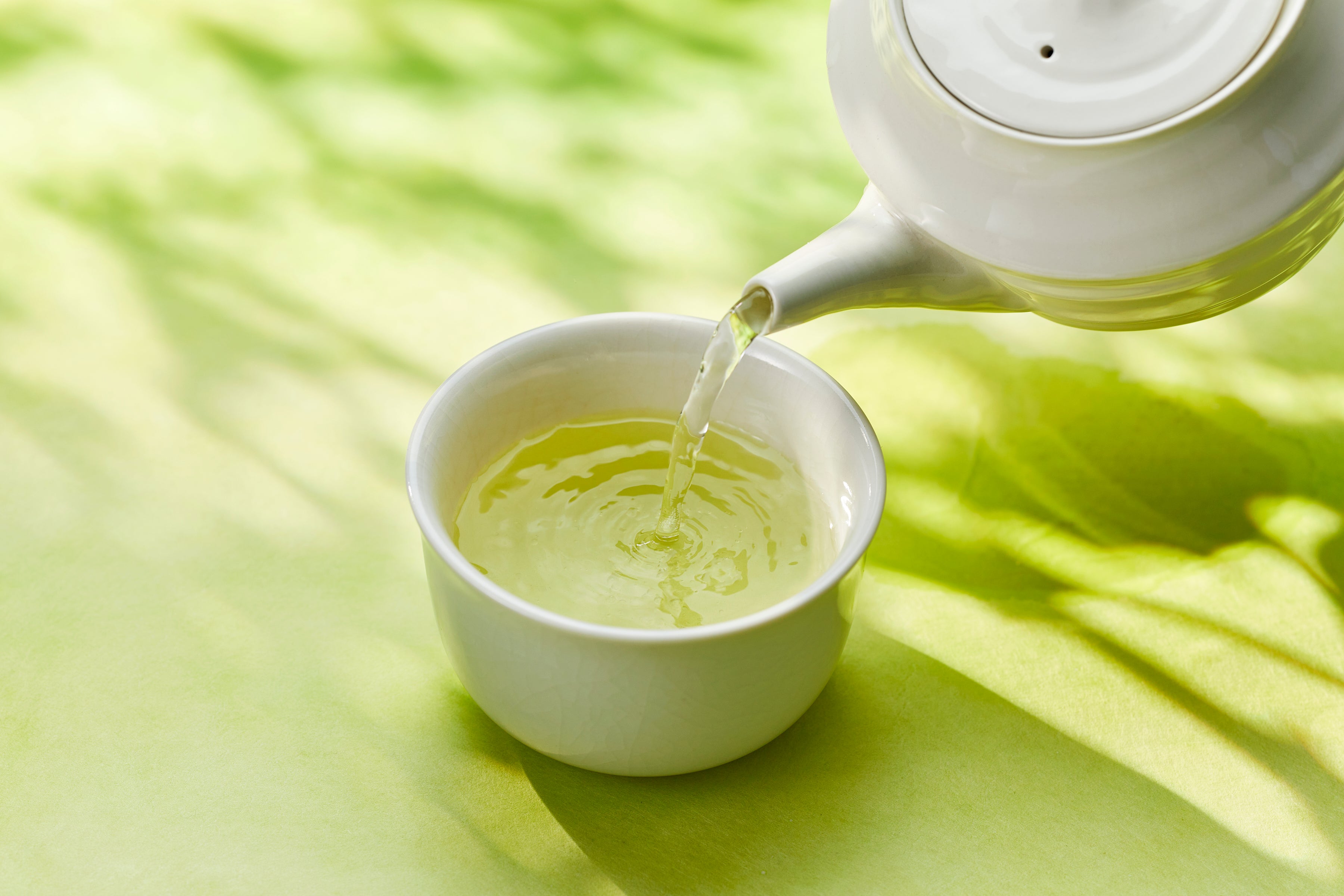
Is Hojicha low in caffeine? Actually, that's not true! The surprising truth explained
Introduction
Hojicha is characterized by its fragrant aroma and mellow flavor.
In recent years, many sweets using hojicha, such as hojicha pudding and hojicha ice cream, have been created and are becoming increasingly popular among young people.
Many people have probably heard that Hojicha has a low caffeine content.

Amount of caffeine in roasted green tea
In conclusion, roasted green tea also contains caffeine.
However, the amount is significantly less than that of coffee, black tea, or gyokuro, a high-quality tea, which are the first things that most people think of when they hear the word caffeine.
However, compared to the commonly consumed regular sencha, the amount of caffeine in hojicha is roughly the same.

If you want to cut down on caffeine, you can choose teas with even less caffeine, such as brown rice tea or barley tea.
The specific amount varies slightly depending on the type of tea leaves and brewing method, but it is said to contain about 20 mg of caffeine per 100 ml.

Amount of caffeine in tea (per 100ml)
Gyokuro: 160mg
Matcha: 60mg
Black tea: 30 mg
Oolong tea: 20mg
Regular Sencha: 20mg
Hojicha: 20mg
Bancha tea: 10mg
Genmaicha: 10mg
Kamairi tea: 10mg
Barley tea: 0mg

Why is Hojicha said to have less caffeine?
Hojicha is actually a type of green tea. It is made by roasting the most popular green teas, such as "sencha" and "bancha," over high heat until golden brown.
During the roasting process, some of the caffeine contained in the tea leaves evaporates.
Also, bancha tea is often used as the raw material for roasted green tea, but the amount of caffeine contained in this tea leaves tends to be about 10-15% less than that of new tea or first-catch tea leaves.
 Additionally, mature leaves that are picked later tend to have more dietary fiber and become harder.
Additionally, mature leaves that are picked later tend to have more dietary fiber and become harder.
This reduces the amount of ingredients that dissolve in hot water, not just caffeine, so the amount of caffeine in Hojicha is reduced.

Caffeine in Hojicha and Health
As such, although the amount of caffeine in hojicha is low compared to other drinks such as coffee and black tea, it is not completely free of caffeine.
Please note that the longer you steep the coffee, the more caffeine will be released.

Caffeine has various physiological effects, such as stimulating, diuretic, and fat burning effects, so if consumed appropriately it is a very healthy ingredient, but excessive consumption can put a strain on the body.
Pregnant women, people with insomnia, and people who are sensitive to caffeine should be especially careful when brewing Hojicha.

If you are concerned about caffeine, you can enjoy roasted green tea more safely by changing the way you choose it and brew it.
As mentioned earlier, the amount of caffeine varies depending on how the tea leaves are roasted.
Deep roasted hojicha, which is slowly roasted at high temperatures , has even less caffeine than regular hojicha.
In addition, the amount of caffeine extracted can be reduced by extracting at a low temperature of around 70°C for a short period of time, around 30 seconds.
It can be safely consumed by small children and the elderly.

Basic brewing method for Hojicha
The biggest difference from sencha is that there is no need to cool the water.
Use hot water that has just come to a boil. The fragrant aroma that is the charm of Hojicha is enhanced when brewed with hot water.
1. Brew the desired number of cups of tea leaves into the teapot. Unlike with sencha, the teapot does not need to be heated and no steam is produced, so you can add the tea leaves directly from the spoon.
2. Pour about 80cc of hot water (approximately 90℃) per person. The reason for using hot water is to bring out the aroma.
3. Set a timer and let steep for 30 seconds. When making the second infusion, let it steep for twice as long as the first infusion, about 1 minute.
4. When the time is up, pour the tea evenly. If there is tea left in the teapot, it is okay to leave it as it is, as it is less likely to become bitter than Sencha. However, if you are concerned about caffeine, try to pour out as much of the water as possible without leaving any in the teapot.

Finally
What did you think? Hojicha is characterized by its fragrant aroma and light taste.
By adjusting the degree of roasting and brewing method, we can reduce the amount of caffeine that bothers you, allowing you to enjoy your coffee with peace of mind.
The pyrazines contained in roasted green tea have various health benefits, such as improving blood flow and relieving stress.
Why not take this opportunity to casually incorporate roasted green tea into your daily life?



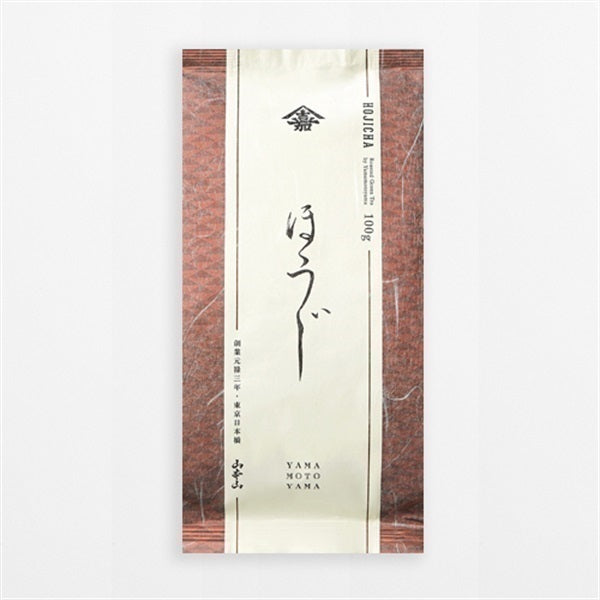

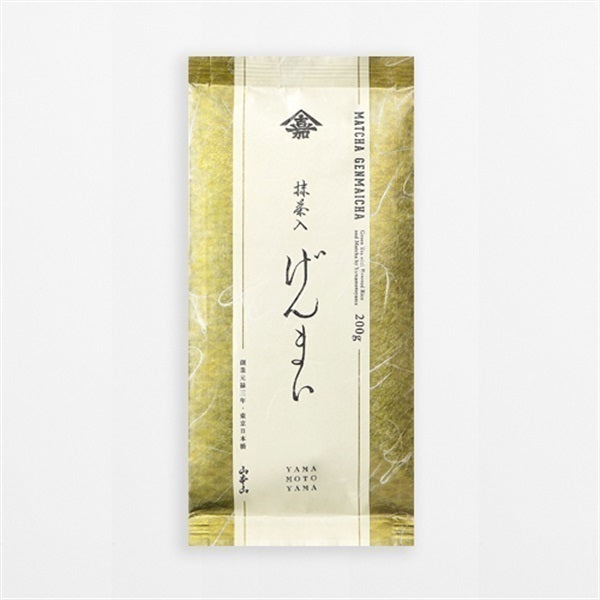
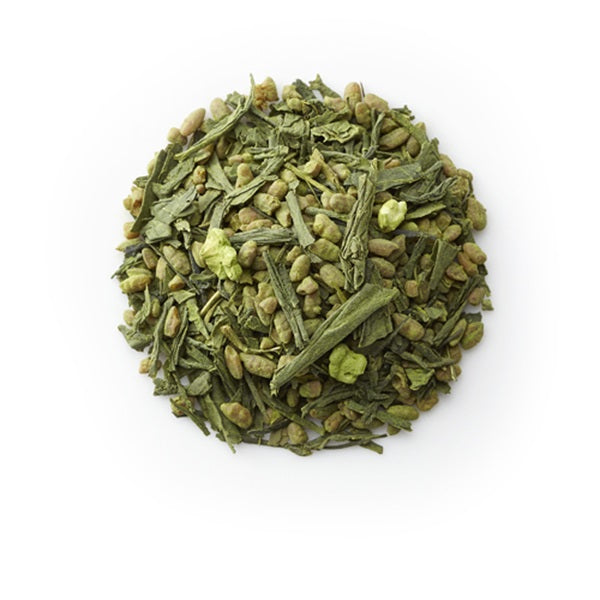

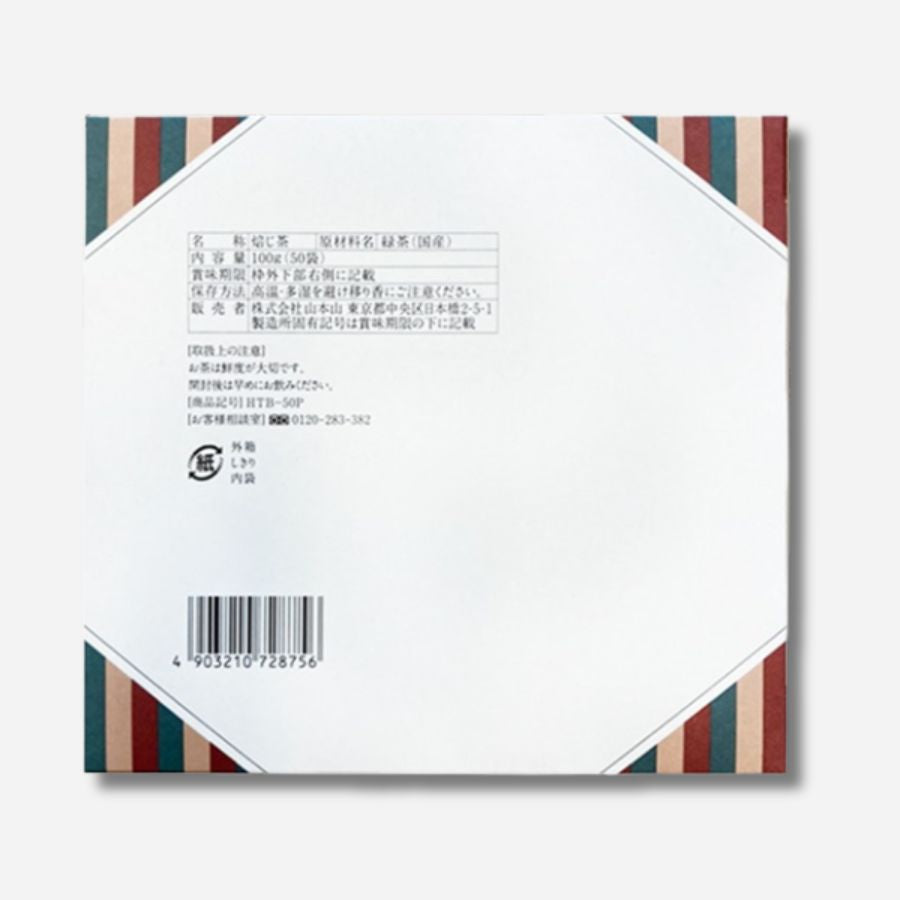
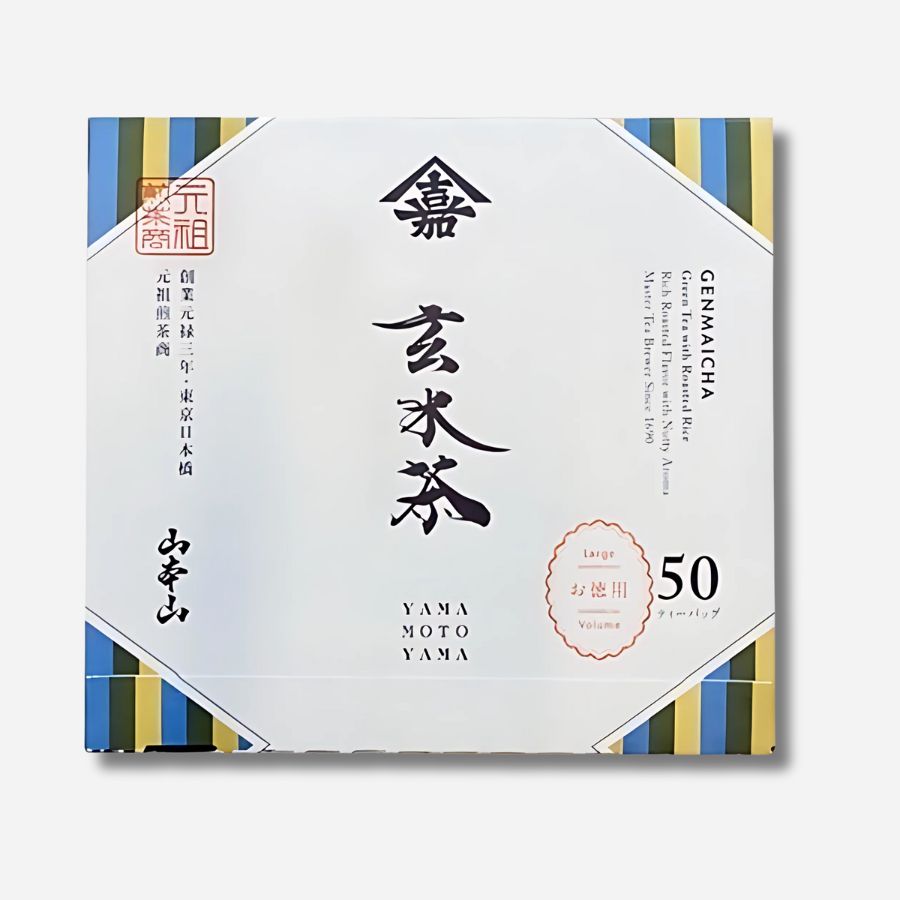

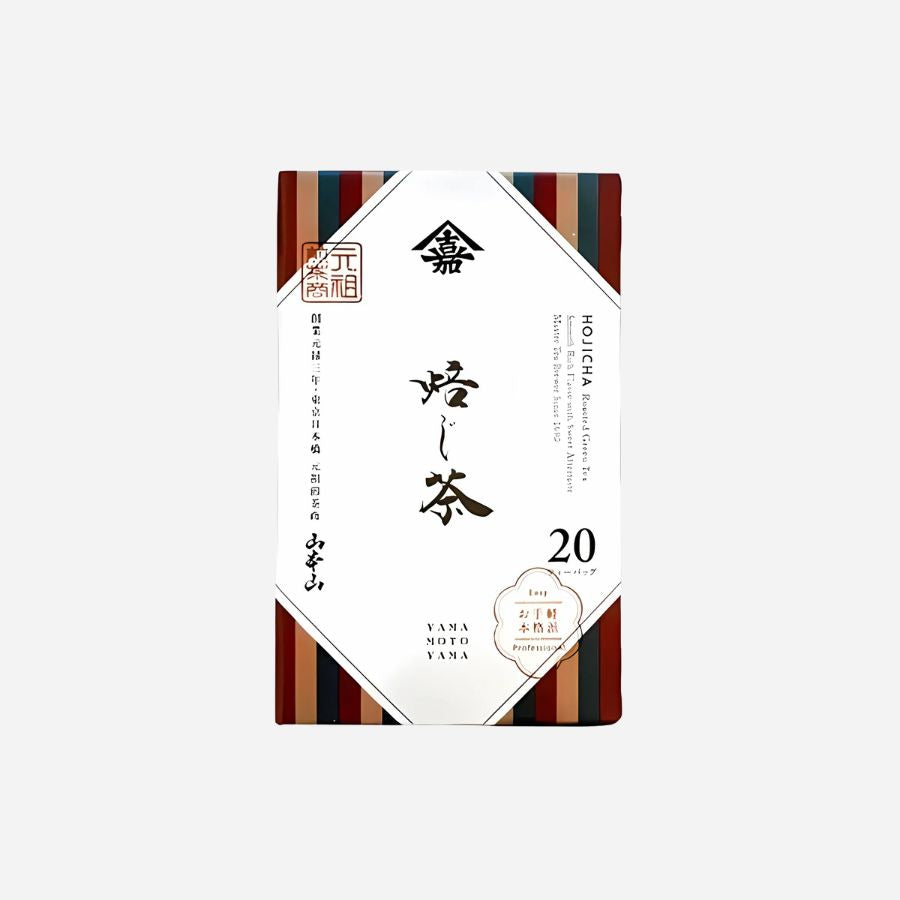
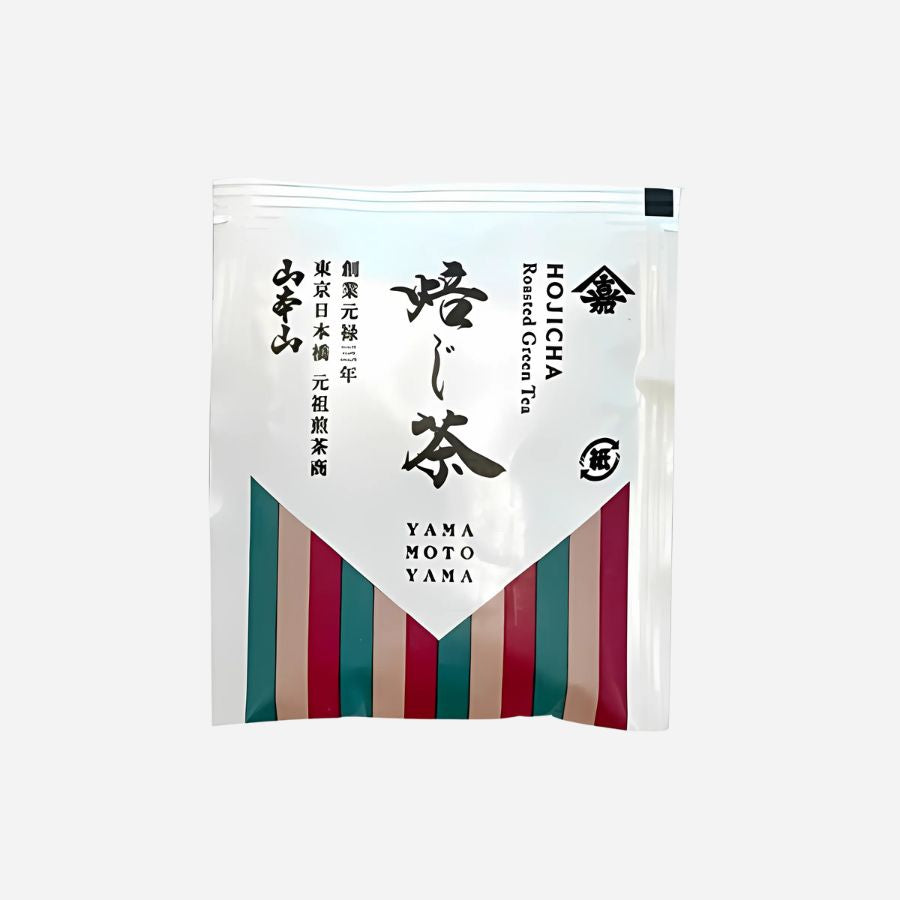
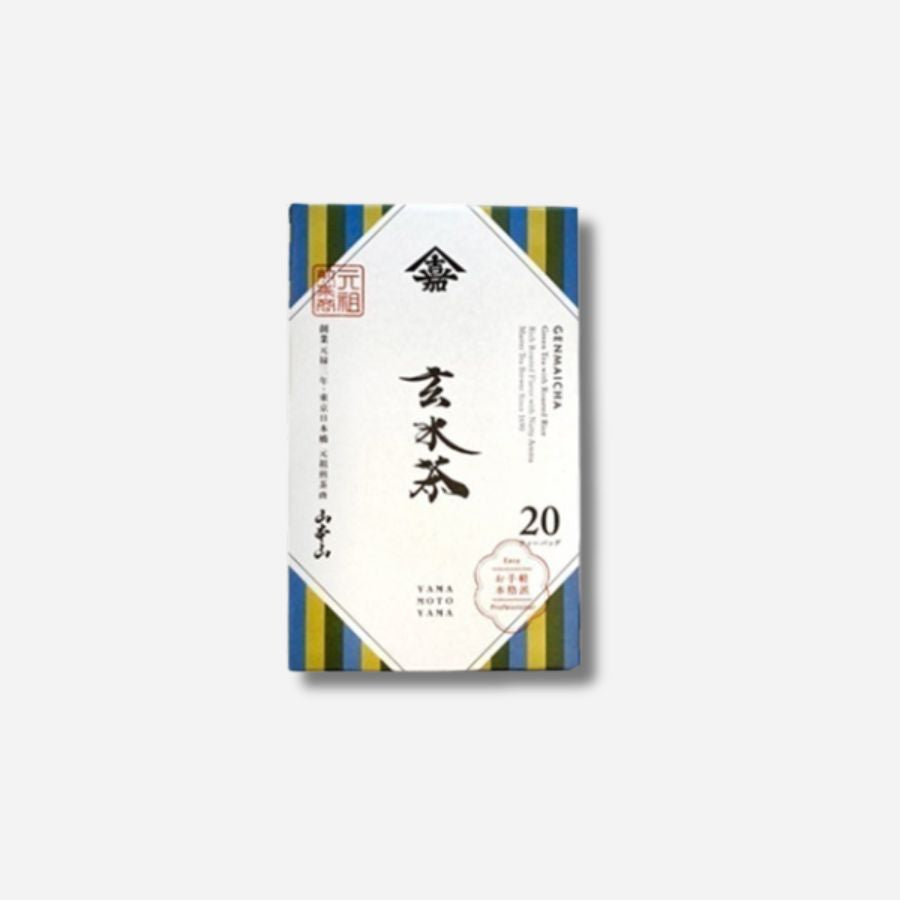
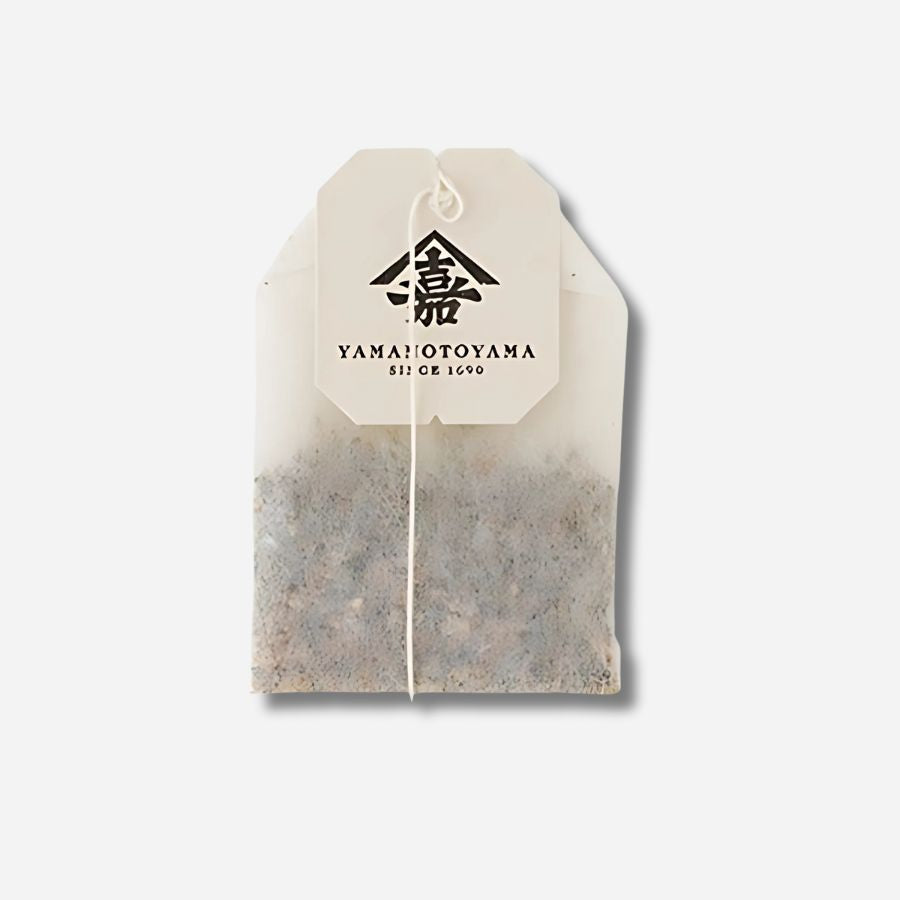

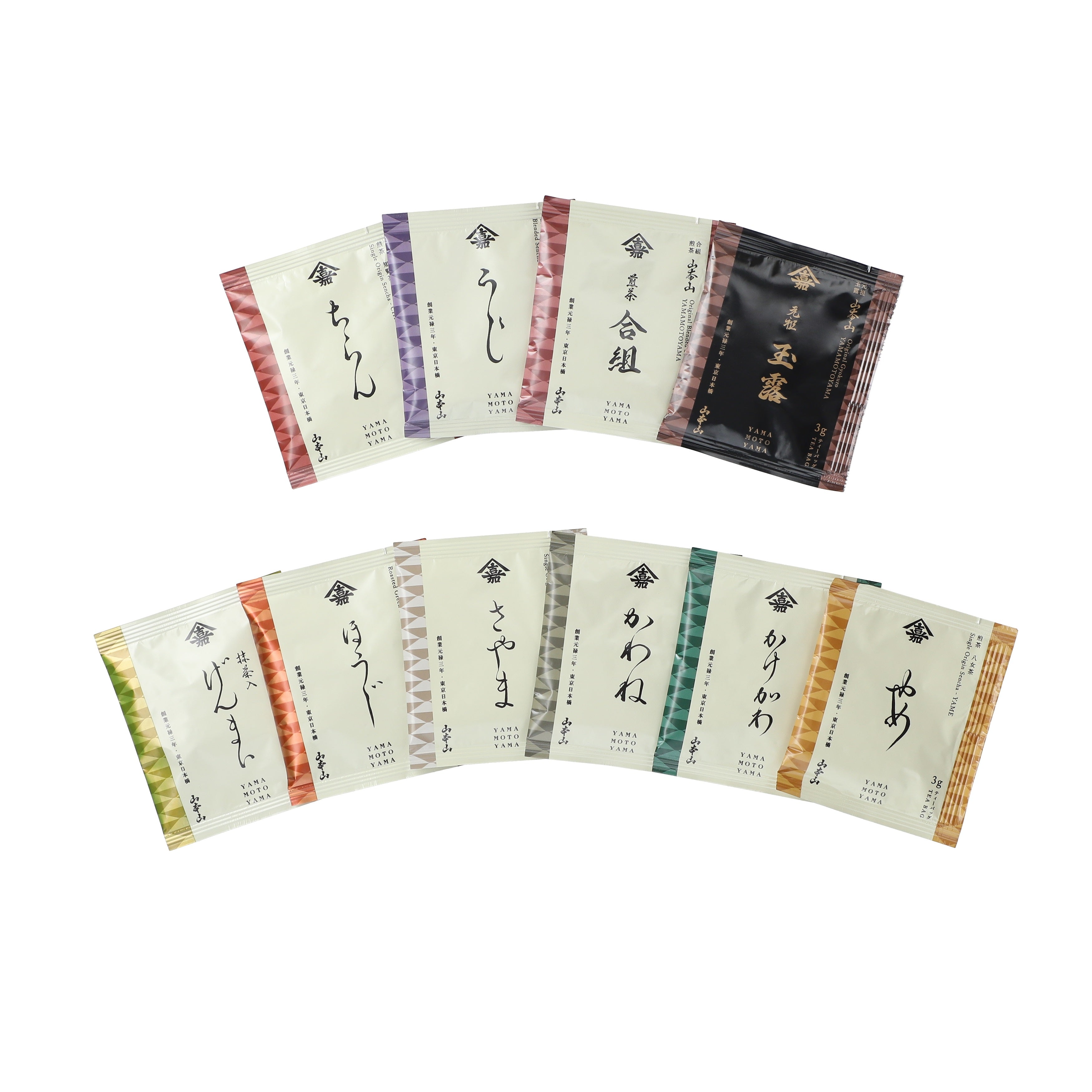
![[Bulk Purchase] Single-Cup Tea Bags](http://yamamotoyama.co.jp/cdn/shop/files/TB04.jpg?v=1752057600&width=1080)
![[Bulk Purchase] Single-Cup Tea Bags](http://yamamotoyama.co.jp/cdn/shop/files/45a41d8409948b0099064acc5896f0d1.jpg?v=1756254946&width=900)

